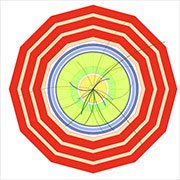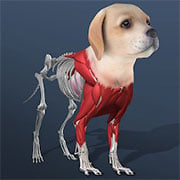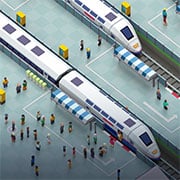Particle Clicker
- Description
- Comment
An incremental game that teaches players the history of high energy particle physics.
Will you be able to Unlock all the achievements?
What are particle detectors?
Particle detectors can be thought of as high-tech cameras that take “photographs” of phenomena that physicists want to study. These phenomena may originate in nuclear decays, cosmic radiation or interactions in a particle accelerator. Let us take a closer look at detectors such as those used at the LHC, which consist of layers of specialized components each designed to specific particles and identify certain properties.
Components
Tracker
The tracker helps us to calculate the momentum of charged particles. They bend due to magnetic field. The smaller the curve radius is, the less momentum the particle had. We also differentiate positive and negative particles based on the direction of the track.
Electromagnetic calorimeter
The Electromagnetic Calorimeter (ECAL) is used to measure the energies of electrons and photons.
Hadronic calorimeter
The Hadron Calorimeter (HCAL) is used to measure the energy of hadrons, composite particles that made of quarks and gluons. Some examples of hadrons are protons, neutrons and pions. It also helps us detect neutrinos but indirectly. Energy needs to be conserved, so if we observe missing enery, this indicates neutrinos or as-yet-undiscovered particles flew through the detector.
Magnet
Particle detectors require magnets with very strong magnetic fields in order to sufficiently bend particles flying with high momenta. Trajectories of particles with higher momenta bend less, while those with lower momenta bend a lot more. The magnetic field also helps distinguish between positively and negatively charged particles: they bend in opposite directions in the same magnetic field.
Muon chamber
Muons are charged particles that are just like electrons and positrons, but are 200 times more massive. Because they can penetrate several metres of iron without interacting, the muon chamber is placed at the very edge of the detector where they are the only particles likely to register a signal.
Credits:
Particle Clicker is developed by CERN.

























